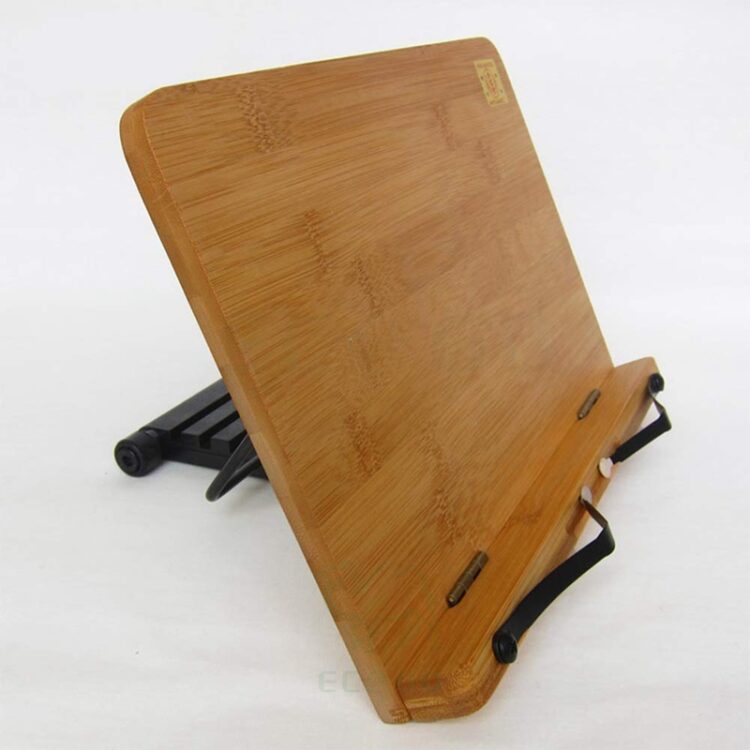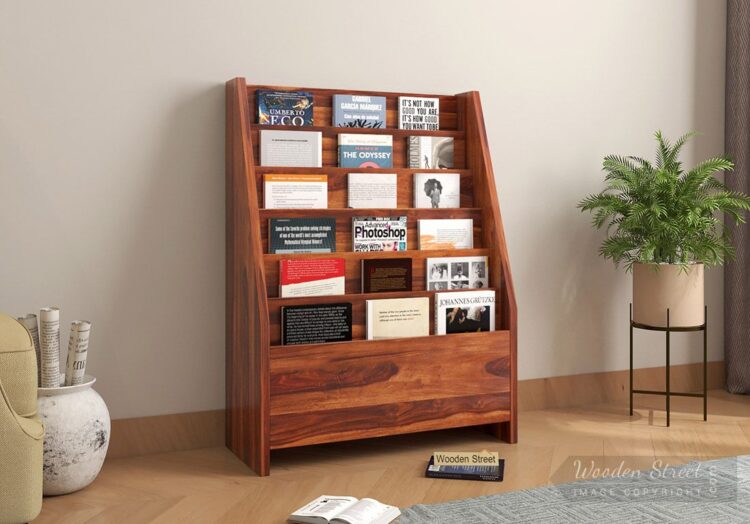Bored at home? Why not try out some small woodworking projects that will improve your home? We’ve compiled a list of small woodworking projects that you can do. As long as you have the materials prepared, these projects are simple to do.
Page Contents
Small Woodworking Projects You Can Do in Your House

Source: thetalkingtable.in
These small woodworking projects aren’t expensive so they’re pretty easy to do at home. Doing woodworking projects in your home also allows you to decorate the home on a more personal level.
Make sure you do know how to properly use some woodworking tools. Better yet, go through some safety manuals and proper use of woodworking tools before taking on any woodworking projects.
Book or Tablet Holder

Source: alibaba.com
Making a book or tablet holder is really simple. All you need for tools are:
Tools Needed for the Project
- Miter saw
- 2 bar clamps
- Orbital palm sander
- Drill
Materials Needed for the Project
Plywood or any type of wood you prefer. It should have at least 5 inches more than the dimensions of your tablet or book.
Procedure
- Saw a piece of wood (around ⅞ inch thick) into a vertical-sized rectangle using a miter saw.
- Drill and screw a placeholder at the base. This will hold the book or tablet in place.
- At the back attach a fine design wood that will act as your stand. You can use some screws or glue to do it.
- Experts at Tools Specialist recommend applying epoxy to the wood to enhance its appearance. Epoxy also prevents stains, reduces scratches, and protects the wood even without coating.
Wooden Chopping Board

Source: yumbles.com
Want to customize a chopping board for your personal use? You can easily make one yourself.
What’s really great about making your own chopping board is you can add some accessories to it. For example, you can make it foldable so it fits into small spaces or add a handle to hang it when not in use.
Tools Needed for the Project
- Cordless drill
- Forstner drill bits
- Jigsaw
- Miter saw
- Orbital sander
- Safety glasses
- Tape measure
Materials Needed for the Project
- Four ¾ inch X ¾ inch diameter dowels to serve as feet
- Three 20 inch X 3 ½ inch maple boards
- Two 23 ½ inch X ½ inch X ¾ inch walnut strips
- Two 5-inch X ½ inch diameter dowels (for handles)
Procedure
- Map out the curves for your chopping board. Do this by drilling ½ inch holes centered about ¾ inch from the ends of the walnut strips.
- Clamp the maple boards together lightly with the dowels for handles in between the maple boards. You are then able to draw the arcs on the ends.
- Take the maple boards out of the clamps. Saw the maple boards on the ends to form the arc. Use the marks you drew as a guide.
- Sand each board to smoothen the surface using the orbital sander.
- Glue the boards and dowels together the way you clamp them before. Make sure you don’t glue the dowel handles.
- Sand both sides again to ensure smoothness. Drill a ¼ inch deep hole with a ¾ inch diameter in every underside corner.
- Finally, glue in the feet dowels and dowel handles. You can forego attaching a handle if you don’t want portability. However, we recommend you do so.
- Coat your chopping board with Butcher Block Oil for enhanced protection.
Magazine Organizer

Source: woodenstreet.com
If you have disorganized piles of magazines lying around the home, you should build a magazine organizer. It will declutter your house and keep your magazines stored and organized.
Tools Needed for the Project
- Circular saw
- Jigsaw
- Drill bit set
- Brad nail gun
- Cordless drill
- Air compressor
- Air hose
- Orbital sander
Materials Needed for the Project
- 2 X 4 inch Pine
- ¼ inch plywood
Procedure
- Cut the plywood into eight pieces. The dimension should be 11 ½ inches X 11 inches.
- From the high corner of the plywood pieces, draw an S-curve. You can use any circular object like a bucket to trace out the S shape perfectly. The smooth curves add design to your magazine storage.
- You can stack the plywoods together on top of each other. Tape them together or clamp them together. Use the jigsaw or band saw to cut the edges and form the S-curve. Personally, we recommend, cutting them one by one if you have great accuracy in cutting.
- Now for the pine boards. Saw them into four 6 ½ inches and 8 11 ½ inches in length.
- Drill a finger pull about 1 inch in diameter on the 6 ½ inches pine boards.
- Nail the frames together to make the magazine container. Nail the sides to the frames. Use 1-inch finish nails to nail the frames together.
- Sand the magazine container and apply finish if you find it necessary.
Utensil Organizer

Source: amazon.com
If you just mix up your utensils, it can get messy. You’ll spend extra time rummaging through the mess to find the right utensil. If you have a spare old wood box at home, you can make your own utensil organizer without much cost.
Tools Needed for the Project
- Paintbrush
- Paint
- Screwdrivers
Materials Needed for the Project
- Spare wood box similar to milk boxes. If you don’t have one, you can buy one or make one if you know how to do it.
- Wooden dowel
- Wood pieces to act as dividers
- Copper pipe brackets of 8 inches extension
- Screws
- Shelf liner
Procedure
- Clean your wood box or milk box.
- Apply paint. Determine what color of paint you want to use. You may need to use more than one coating of paint to make it smooth.
- Let the paint dry.
- Once dried, it’s now time to map out the interior of your wood box. Plan out how you’re gonna place the dividers to organize your utensils.
- Measure the interior of your wood box and cut the shelf liner with the same measurements. You can allow extra allowance to ensure it is fully covered. Place the shelf liner inside.
- Paint the wood pieces you’re gonna use as dividers. Let them dry.
- Place them accordingly to how you want your utensils organized in the wood box. You can use L brackets to keep the dividers stable.
- Now to make the handle. Screw the copper pipe brackets. Screw them on the center of the shorter sides of your utensil organizer. Make sure it is absolutely in the center to maintain balance when carrying.
- Insert your wooden dowel inside the two copper pipe brackets. This is your handle.
- You may need to use a drill so you can screw in the top screws of the L brackets. This will secure the handle in place.
Conclusion
These are just some of the small woodworking projects you can do in your house. They are simple to do and won’t require you to spend a lot of money. Woodworking is a great skill to learn. It’s a great hobby to do and helps you improve your home.





